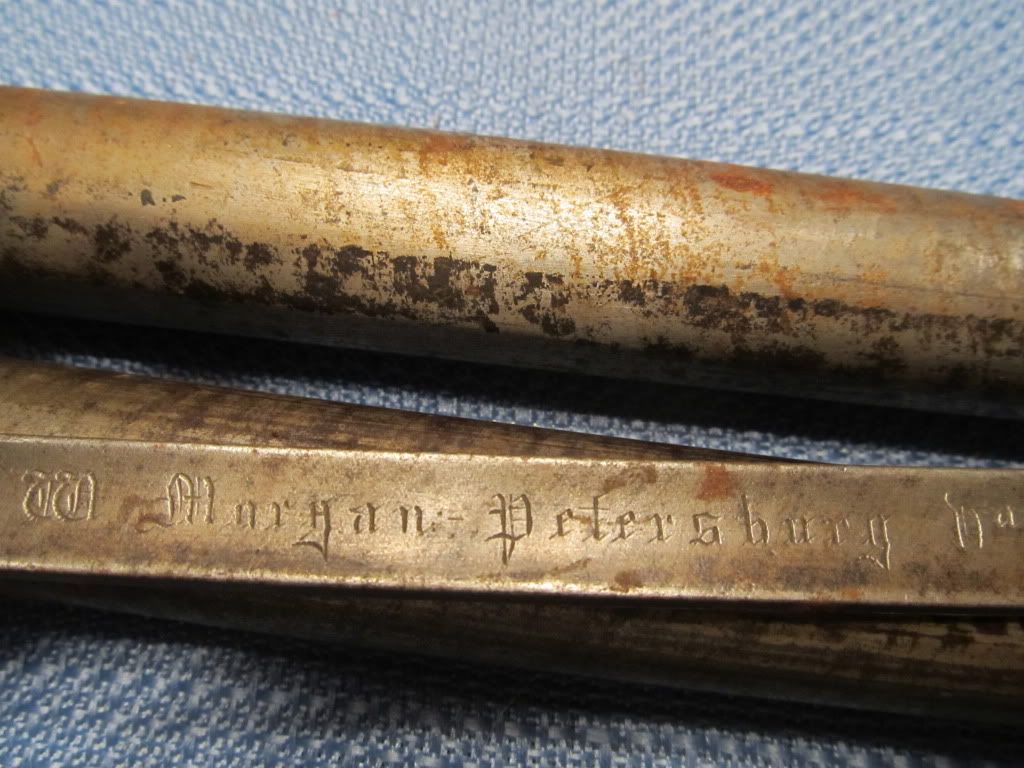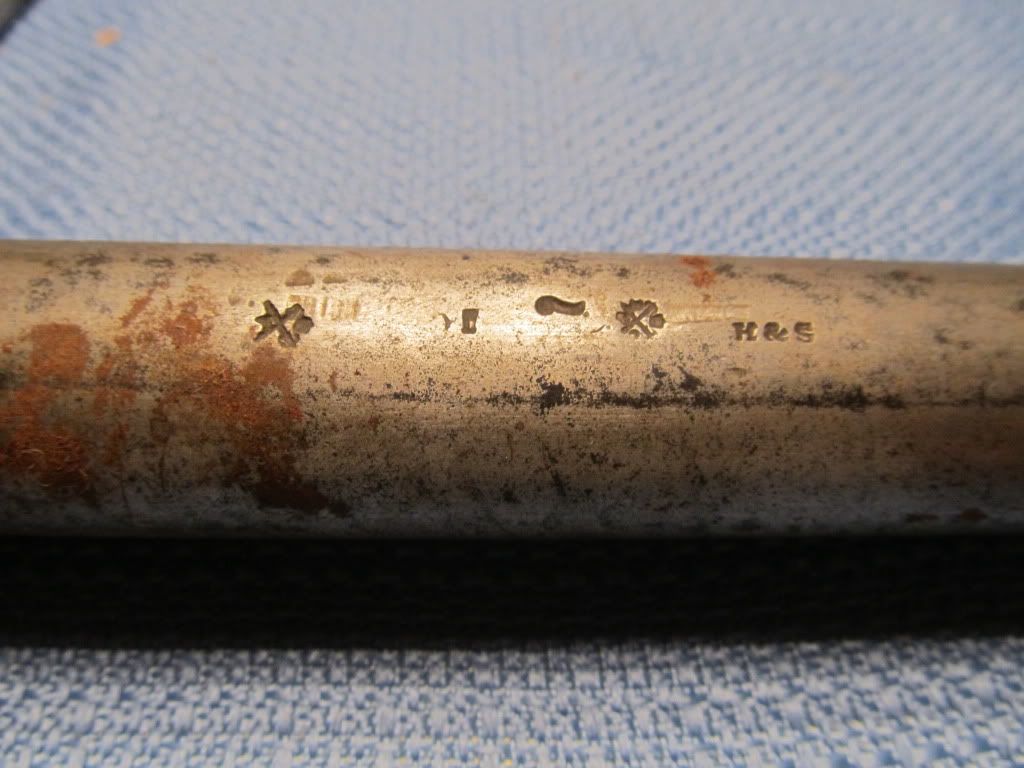Hi...I picked up a bunch of gun parts yesterday and these were among them. I believe that this went with the two barrels that appear to have Birmingham marks. Any idea who this Morgan was? I hate the old English block letters...I can never make them out. It appears to say ?? Morgan Petersburg ?? (Va...I kind of assumed) Thanks for taking the time.










